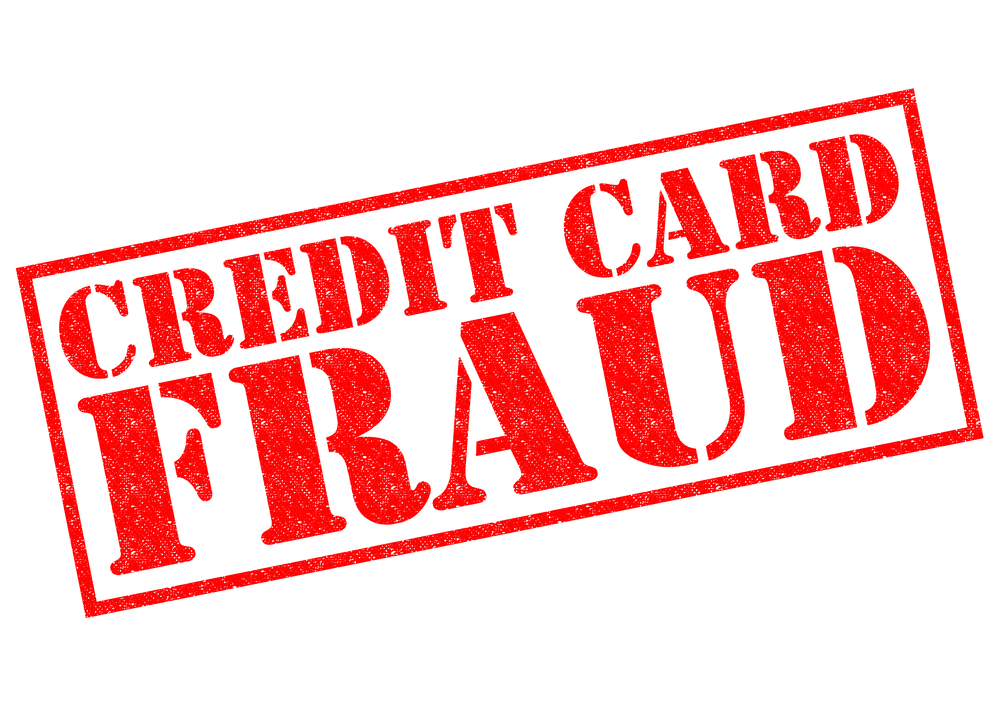Avoiding Chargebacks
Avoiding chargebacks for your business from your credit card processor can be challenging. Businesses can however, reduce the number of chargebacks they get by following a few simple rules and preventative measures.
Here are some simple rules to follow to avoid chargebacks and how to handle them once you are notified of such a claim. After you have reviewed this information, if you would like a free quote please contact us for a free quote.

1. Obtain the Cardholder’s Signature.
Most business don’t know that the cardholder’s signature is required on card-present transactions. If you forget or don’t have the cardholder sign because you are busy, this could result in a chargeback for no signature if the customer denies knowledge of the transaction. This is a simple step, but this tip on avoiding chargebacks is often overlooked. It is also a good practice to compare the signature if you do a lot of big ticket items and you are not familiar with that customer. This is one of the steps that should be followed and just makes good business sense. Make sure your employees are not skipping this step when they process the order.
2. Do Not Complete a Transaction if the Authorization Request was Declined.
On occasion a transaction may be declined for any number of reasons, one of which includes a fraudulent or stolen card. When that happens, do not complete the transaction with that card. Request another form of payment and if the customer either refuses or says they don’t have one, then you are assuming a greater risk of putting that transaction through if you don’t know that customer. One of the tricks fraudsters will use, is once the card is declined they will ask the store to key enter the card number giving an excuse that maybe something is wrong with the chip, or it is a new card or other businesses also had trouble with that card. We advise many business across the country and locally on Stamford merchant processing solutions.
3. Respond Promptly to the Issuing Banks Request for Information.
When this occurs, the issuing bank must state the reason for the chargeback so the business owner can contest the claim. The most common reasons include clerical errors such as double billing or the inputting the wrong amount, a technical problem such as a processing error, a customer dispute about the merchandise or amount charged, or that the purchase was made as the result of credit card fraud. In the case of a customer dispute, it is very important to resolve the matter quickly for two reasons. First, you want to get payment for the goods or services involved in the transaction so you don’t incur a loss on the sale. Secondly, you want to amicably resolve the matter with your customer in a satisfactory manner as soon as possible. Just remember, it can cost you more in the long run if you lose that customer or don’ resolve the matter in a friendly way, because word-of-mouth and negative comments are hard to reverse once they start to spread in the community or on the internet.
4. Employee Training and Education.
Make sure your employees and staff are well-trained on the proper steps for processing credit card payments and understand how this will help your business when it comes to avoiding chargebacks. Periodically review these steps with your staff and go over the proper procedures you want them to follow so it becomes second nature to them. This is especially important with regard to any new employees you hire.
5. Good Communication with your Customers.
Make sure you and your employees maintain good communications with your customers. Is the customer fully informed of what he or she is purchasing with regard to the size, color, weight, height, texture and use of the merchandise they are purchasing? Does the customer understand the date of delivery, possible delays and cost of delivery? Is your website up to date with regard to the merchandise that is being sold or the service your company provides? The more detail the better in terms of avoiding problems in the future.
Conclusion on Avoiding Chargebacks for Merchants.
As you can see
above, avoiding chargebacks from issuing banks is not
that complicated, but it does require following some simple guidelines and
following through once the issuing bank makes its claim. Promptly reply to the
claim and follow-up until the matter is resolved. Another good practice is to
periodically review all of these tips on avoiding chargebacks, discuss them
with your employees and especially go over these with any new employees you
hire that will be accepting payments at the register.
Powered by NXGEN Payment Services, a Registered MSP/ISO of Elavon, Inc. Georgia.
